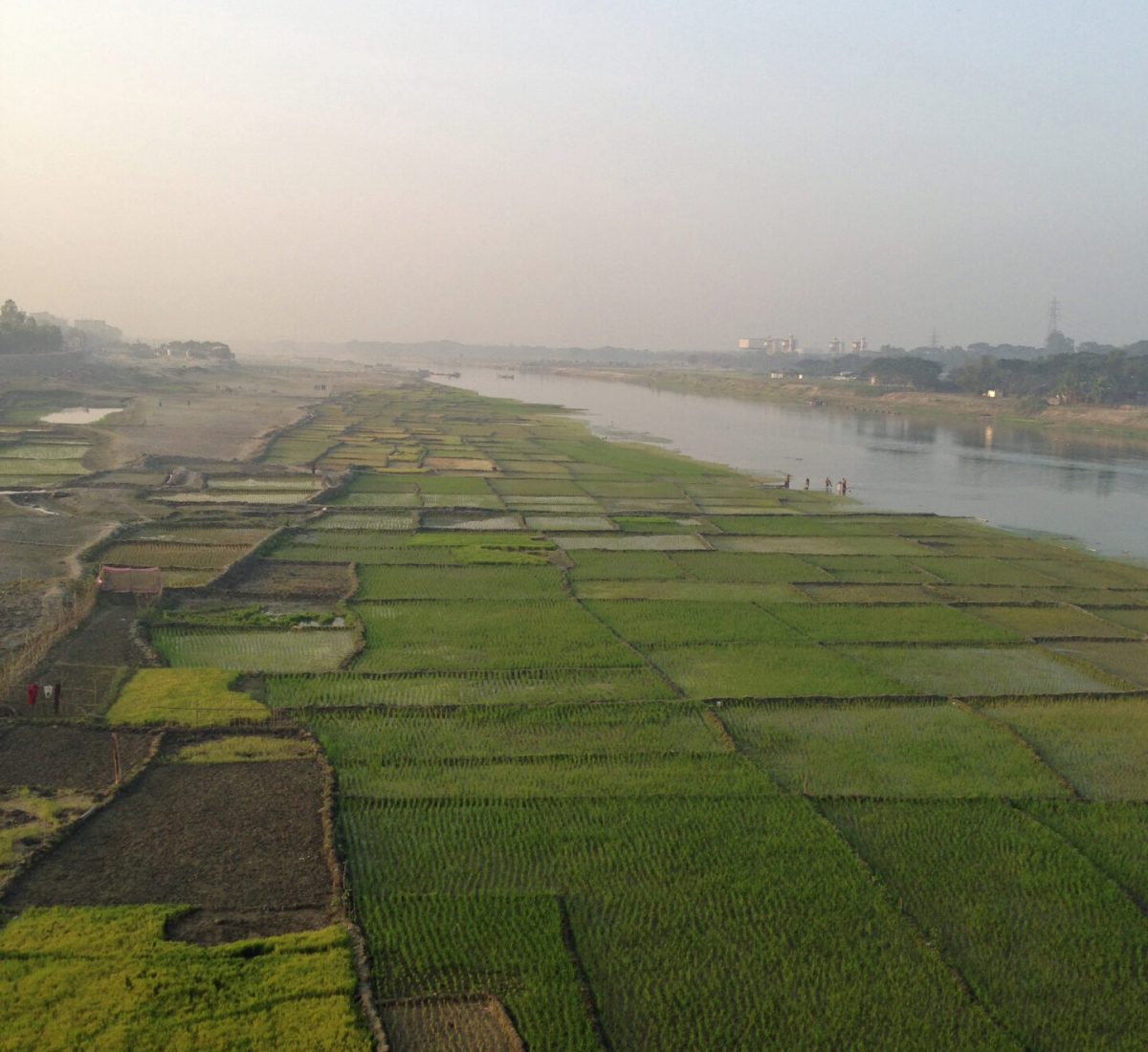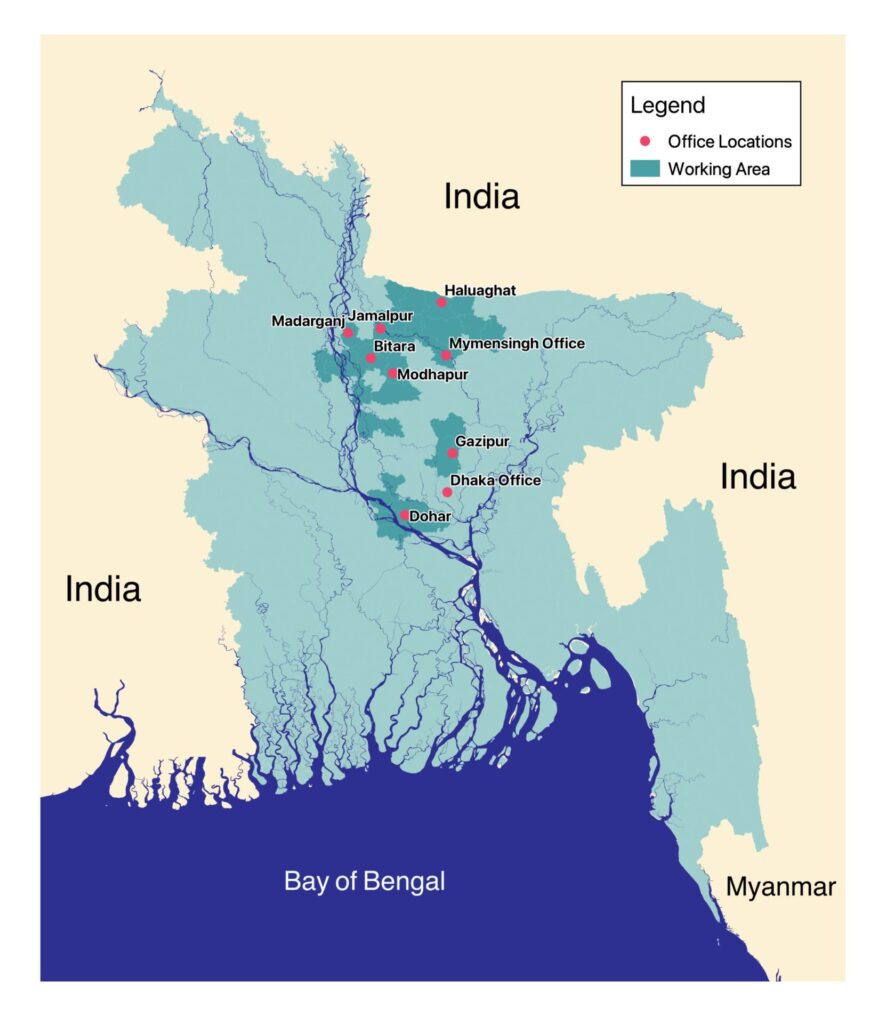Why Bangladesh
Bangladesh is a dynamic country, and home to entrepreneurial, generous and resilient people.
The most densely populated country in the world, Bangladesh is home to over 165 million people. At its most recent census, it is estimated that 22.4 million people live in the capital city of Dhaka alone. This equates to 1,156.84 people per square kilometre, in comparison to Australia which has a population density of just 3.38 people per square kilometre.
Traditionally most Bangladeshis have lived rurally, working their own small farms or laboring for others. Extreme population growth has driven urbanisation in recent years, and Bangladesh’s economy has been expanding thanks to the country’s burgeoning manufacturing industries, in particular, the garment industry.
Development Challenges

Bangladesh’s economic growth has gone from strength to strength in the past two decades. There is significant focus and investment into achieving the 2030 Sustainable Development Goals. However, like many countries, inequality exists and to break free from poverty is challenging for those still trapped within it.
According to the government’s estimate, the COVID-19 pandemic doubled poverty in Bangladesh, raising the percentage of the country’s ultra-poor from 10.5 percent of the population to 20.5 percent as of June 2020. Like many countries, recovery is a focus, backed by the motivation to achieve the Sustainable Development goals.
Situated in the Bengal Basin, most of Bangladesh is a floodplain with one third of the land covered in rivers, lakes or swamps. Annual flooding regularly displaces people, disproportionately affecting the country’s poorest communities in rural areas. Heavy seasonal flooding and cyclone impacts regularly disrupt access to essential services. Vital infrastructure is often affected, impacting people’s ability to recover and cope in tandem with the economic, social and health induced shocks of recent years.
There are also 960,000+ Rohingya refugees who have fled neighbouring Myanmar. Humanitarian assistance is currently being provided in the Cox’s Bazar District, the south-east corner of the country.
Where Symbiosis Works
Life in Bangladesh for rural populations and people who are illiterate, can be extremely hard. With irregular income and no financial safety net, many families are forced to make decisions on the basis of what will allow them to get through each day, let alone plan for a future.
Symbiosis works primarily in the Dhaka and Mymensingh divisions in the northern half of the country. The work is about providing pathways and support for the poorest of the poor to take steps towards a future they want for themselves, their family and their community.
Starting with functional education, Symbiosis encourages participation in savings groups. Over time, the Symbiosis groups will become more independent and be encouraged to form their own community based organisation. Once formally registered, these organisations become catalysts for change within their own communities.
To complement the focus on education and income generation, Symbiosis also provides vocational training opportunities and access to health and disability services.
No matter where we work, our National field staff play a key role in understanding the culture, challenges and opportunities within every community. Underpinning what we do is the relationships which are formed between our team and the people we work with. We know that working together for good takes time and trust
